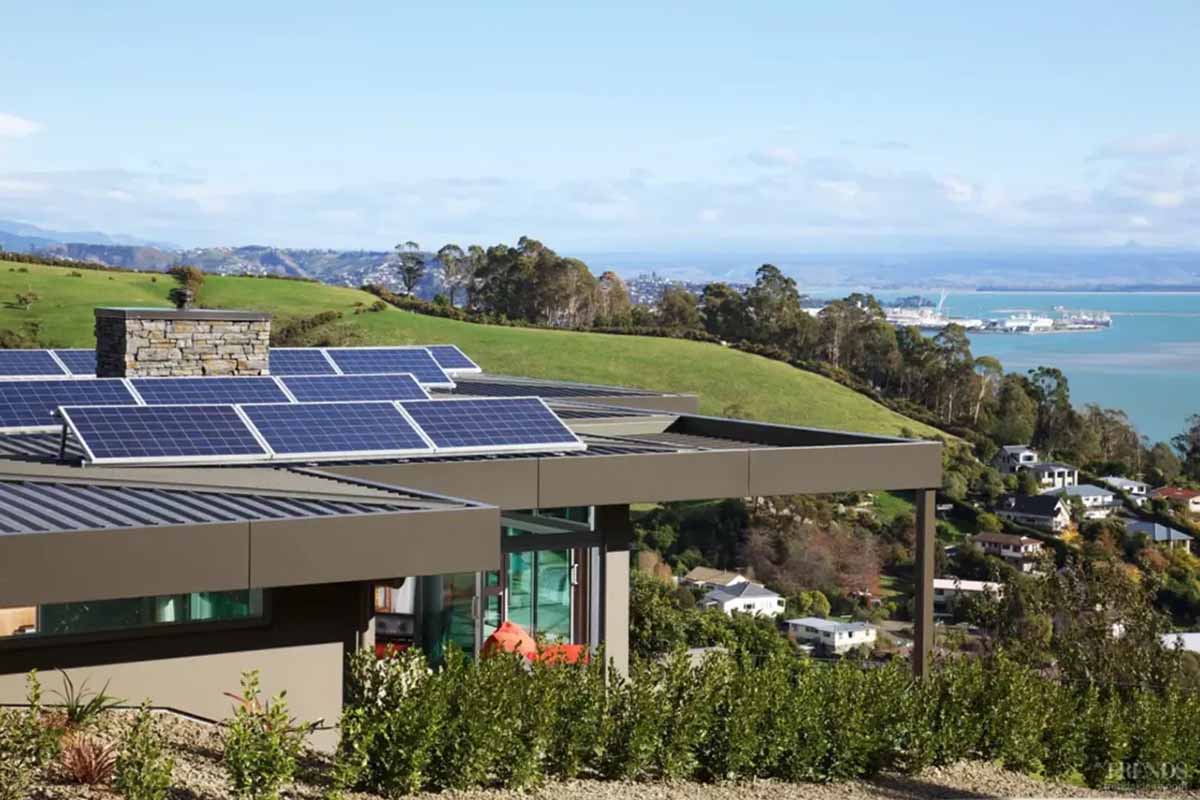Living in suburbia can indeed present challenges for those wanting to live more sustainably, but it’s not impossible to make impactful changes.
If you’re looking to reduce your environmental footprint while living in a suburban setting, here are some tips that may help:
Collect Rainwater
An excellent approach to sustainability involves creating systems to gather, channel, and store rainfall from surfaces for diverse purposes, including cost-free landscape watering, flushing toilets, and more.
There are a handful of advantages to this. For one, it diminishes energy consumption and carbon emissions from water treatment facilities that purify and transport water. Moreover, it lessens the runoff that could lead to soil pollution from pesticides and other chemicals.
By using collected rainwater in gardens, you not only nourish the soil and plants with its balanced pH but also help to recharge groundwater sources, thereby reducing the strain on these natural reserves.
Eat Local Food
Opting for organic, local, and seasonal foods not only bolsters the community’s economy but also safeguards local farms, thereby enhancing food security. This choice is also eco-friendly, as it minimizes the carbon footprint associated with long-haul transportation of food.
To make more local food choices, consider dining at restaurants that source their ingredients locally.
When grocery shopping, keep an eye out for local produce in supermarkets or visit a co-op, farmers market, or natural food store that offers food from local growers. You might also explore joining a CSA (Community Supported Agriculture) program, where you can directly purchase a variety of locally sourced vegetables, meats, and even flowers from area farmers.
Preserve Food
Storing seasonal foods that you’ve either grown yourself or purchased from local markets can both curb food waste and lessen your carbon footprint.
For this, you can use food preservation techniques such as canning, drying, and freezing to extend the shelf life of foods for future use. Beyond cost savings, preserving your own food gives you greater control over its content and contributes to a self-sufficient food lifestyle.
With methods like canning and drying, the end products don’t require refrigeration and can be stashed in a pantry or basement for future consumption.
While there are established techniques for safely preserving different types of foods, you can transform nutritious seasonal produce into various items like jams, applesauce, and pickles.
Conserve Energy
Excessive energy consumption not only inflates your utility bills but also puts pressure on the power grid, which serves as a conduit for electricity based on demand. Power plants then strive to fulfill this demand.
When the demand surpasses the supply capacity, it can result in power outages known as blackouts and brownouts.
It’s crucial to note that many power plants rely on natural gas, a fossil fuel, which emits significant amounts of carbon dioxide when burned. In 2022, these emissions constituted 31% of the total energy-related CO2 emissions in the U.S.
The EPA indicates that nearly 17% of these emissions stem from residential activities, including electricity consumption, heating, and waste.

